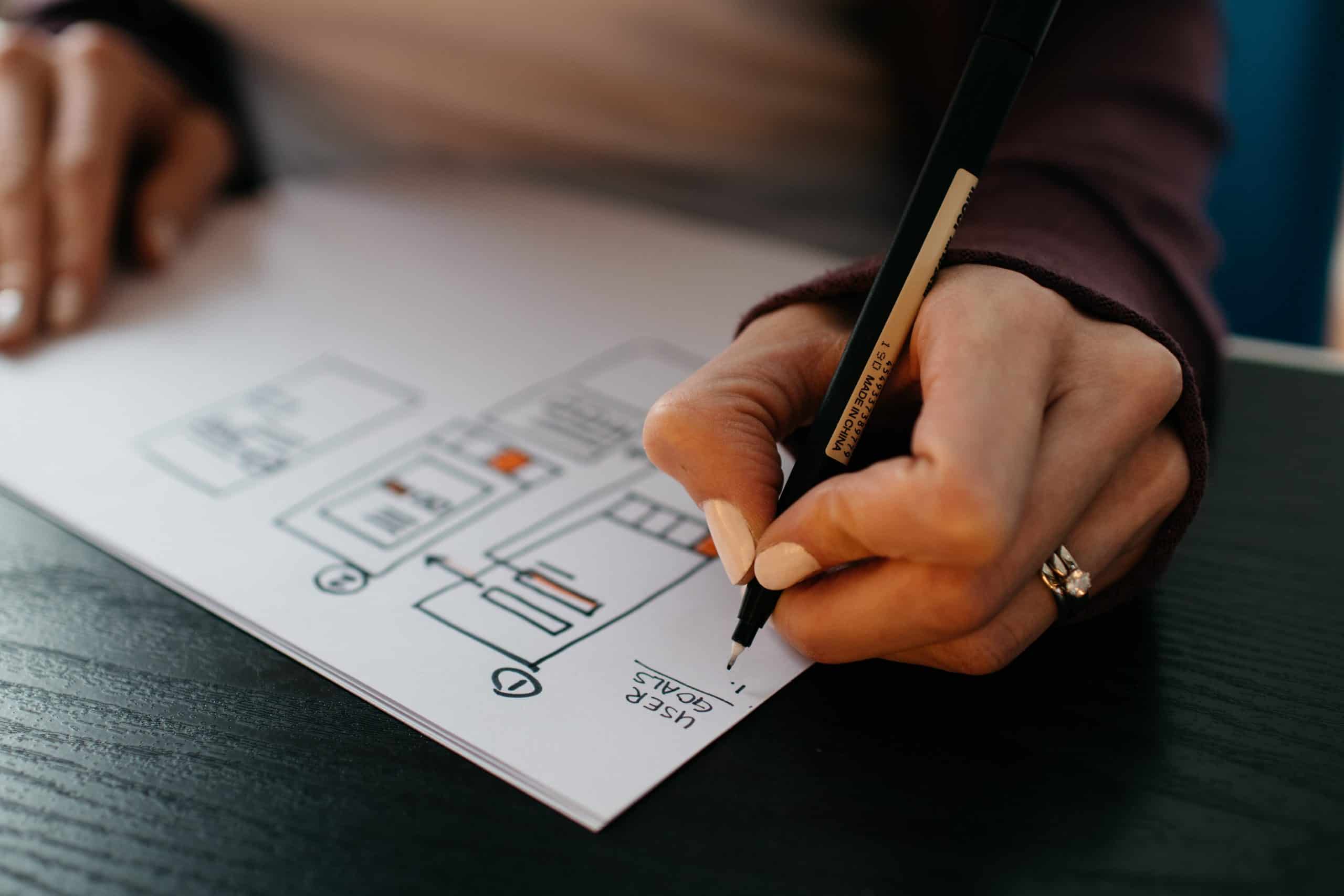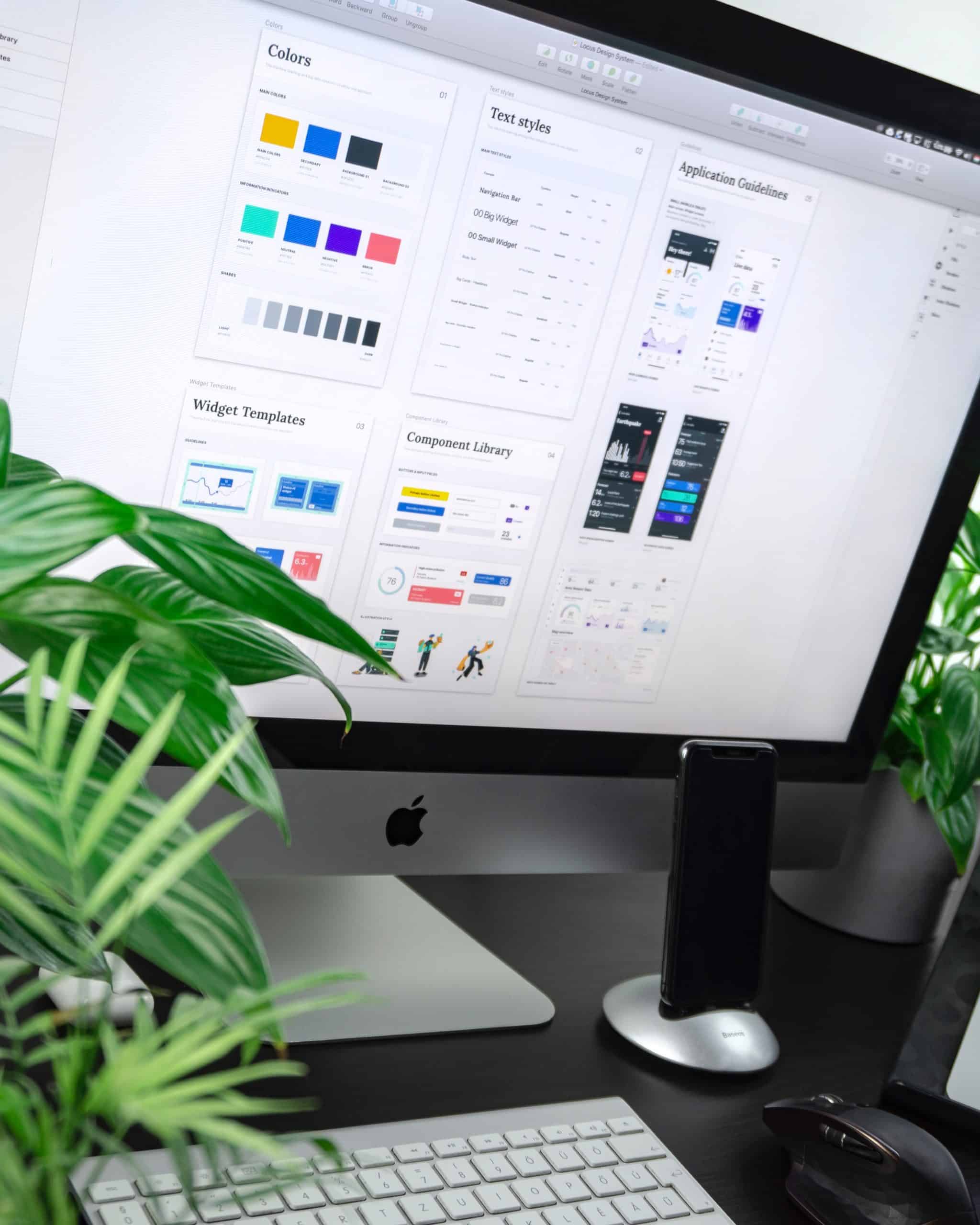Design has always been at the forefront of innovation, constantly evolving to meet the needs and desires of consumers. The emergence of artificial intelligence (AI) technology is set to transform design in ways we could never have imagined. From transforming the way we create and develop products, to revolutionizing customer experiences, AI will bring about a new era for designers.
Already being adopted by some companies, AI technology has the potential to take design to new heights. By using machine learning algorithms, designers can now analyze vast amounts of data and identify patterns that were previously impossible to detect. This enables them to create personalized designs that cater specifically to individual preferences and needs.
Defining AI technology and design
AI technology is an ever-evolving field that has taken the world by storm. It refers to the development of intelligent machines that can perform tasks that usually require human intelligence, such as decision-making and language processing. With its vast potential, AI technology is transforming design in unprecedented ways.
In design, AI is used to create products with improved functionality and aesthetics. It uses machine learning algorithms to predict user preferences and behavior patterns, allowing designers to create products tailored precisely to users’ needs. In graphic design, AI tools can automate tedious tasks such as resizing images or adjusting color contrast while maintaining high quality. For example, the DragGAN AI editing tool developed by the Max Planck Institute allows users to make realistic alterations to photographs by simply dragging and placing points interactively, showcasing how AI can streamline and enhance the creative process.
The future of design relies heavily on integrating AI into the creative process. As more data becomes available, designers can better understand user behavior and preferences which will lead them in creating more personalized experiences for their audience. The possibilities are endless as we continue exploring how this rapidly evolving technology can be used in design.

AI-generated designs: The future of creativity?
Artificial Intelligence (AI) is now being used to generate designs, which is expected to transform the future of creativity. AI-generated designs are created by feeding machine learning algorithms with data from existing designs and past trends. This technology allows designers to quickly create multiple design variations that meet specific criteria, saving time and resources.
One of the most significant benefits of AI-generated designs is their ability to improve user experience. They can analyze user interactions and personalized design elements such as colors, fonts, and images in real-time to create a more engaging and relevant user experience. Furthermore, these designs can also help businesses make better decisions by predicting consumer behavior patterns.
However, some argue that AI-generated designs may lack the emotional connection that humans offer in their creations. Critics contend that this technology cannot replace human creativity but rather serves as a tool for augmenting human capabilities. Despite this criticism, it’s clear that AI-generated designs will continue to be an integral part of modern design processes in various industries such as fashion, automotive design, architecture, interior design and marketing among others.
Streamlining the design process with AI
The process of designing products, websites, and other digital interfaces has always been a challenging task. However, with the integration of artificial intelligence (AI), designers can now streamline their design process and focus on creativity rather than repetitive tasks. This technology enables designers to quickly generate mockups, wireframes, and prototypes by analyzing data and user behavior.
AI tools also offer unique insights into user patterns that were previously difficult to detect. Designers can now use this information to create more personalized experiences for their users by tailoring designs to specific demographics or individual preferences. Additionally, AI-powered design software can assist in automating mundane tasks like color selection or font pairing.
Overall, AI technology is revolutionizing the design industry by allowing designers to work smarter and more efficiently. As these tools continue to evolve, we can expect even more advancements that will enable designers to push boundaries in creativity while still meeting project deadlines.

Personalization and customization through AI
Personalization and customization are taking the world by storm, and AI technology plays a crucial role in this transformation. With machine learning algorithms becoming smarter every day, businesses can now leverage AI to create personalized experiences for their customers. From tailored product recommendations to customized pricing models, AI is making it possible for companies to cater to individual needs at scale.
AI-powered personalization is not just limited to e-commerce either; it’s making its way into various industries like healthcare, finance, and entertainment. For instance, healthcare professionals can use AI algorithms to personalize treatment plans based on patient data such as medical history and genetics. Similarly, financial advisors can leverage AI-powered tools for personalized investment recommendations based on a client’s risk profile.
The beauty of personalization through AI lies in its ability to continuously learn from customer behavior and preferences without relying on explicit instructions from humans. This means that as more data is collected over time, the level of personalization will only improve further – creating an unforgettable user experience that drives loyalty and revenue growth for businesses across industries.
Ethical considerations in AI-driven design
AI-driven design is the use of artificial intelligence technology to help designers create more efficient, effective, and innovative products. However, as with any technology, ethical considerations must be taken into account when implementing AI in the design process. One major concern is the potential for bias in AI algorithms used in design tools. Bias can result from a lack of diversity among data sets used to train these algorithms or from inherent biases within the algorithm itself.
Another ethical consideration is privacy and data protection. With AI-driven design tools collecting vast amounts of user data, there is a risk that this information could be misused or shared without consent. Designers must ensure that they are transparent about how user data is collected and used and take steps to secure this information against unauthorized access.
Finally, there are concerns around job displacement as AI takes over certain aspects of the design process. It raises questions about who will benefit from these technological advancements and what measures will be put in place to support those whose jobs may become obsolete due to automation.
In conclusion, while AI-driven design offers many benefits for designers and consumers alike, it’s crucial that we approach its implementation with caution by taking into account issues such as bias in algorithms, privacy concerns related to user data collection and job displacement resulting from automation. By doing so, we can ensure that these technologies are developed ethically with consideration given to their wider societal impact beyond just their immediate benefits.

Impact on the job market for designers
The rise of AI technology in the design industry has brought about a significant impact on the job market for designers. As more and more tasks are automated, traditional roles such as graphic designers and web designers may see a decline in demand. However, this shift is also creating new opportunities for designers with skills in areas such as data visualization, UX design, and artificial intelligence.
The adoption of AI technology is changing the way that companies approach design projects. Instead of relying solely on human creativity and intuition, organizations are leveraging machine learning algorithms to analyze data and generate insights. This means that there is an increasing demand for designers who can work alongside data scientists to create visualizations that communicate complex information effectively.
Overall, while the impact of AI technology on the job market for designers may be disruptive in the short term, it also presents exciting opportunities for those who are willing to embrace new technologies and adapt their skillsets accordingly. As AI continues to evolve, so too will the role of designers within organizations – making it an exciting time to be working within this field.
Conclusion: Embracing the potential of AI in design
In conclusion, embracing the potential of AI in design is the way forward. With the ability to automate repetitive tasks, generate complex patterns and designs, and even predict user preferences, AI technology has a lot to offer designers. It can help them save time and resources while also increasing efficiency in their workflows.
Moreover, AI-driven design can help create more personalized experiences for users by leveraging data insights to deliver tailor-made solutions. This will help companies stay competitive in an increasingly crowded market and differentiate themselves from their competitors.
While there are concerns about job displacement due to the rise of AI in various industries including design, it’s important to remember that AI is not here to replace human creativity but rather augment it. By embracing this technology, designers can unlock new possibilities and take on more challenging projects than ever before.